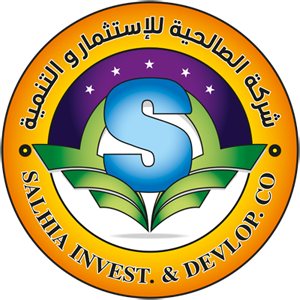Word Of Mr. Major General Ahmad Mujahid,
It is one of the company’s most important activities. The total land allocated for agricultural exploitation is approximately 18 thousand acres.
Including 12 thousand acres with a center pivot irrigation system (96) Pivot devices.
And 6 thousand acres with a drip irrigation system. Center-pivot irrigation lands are cultivated with field crops in two cycles: –
Winter course (wheat / beets / potatoes / onions)
Summer course (corn/peanut/sunflower)
As for drip irrigation, all types of citrus fruits and vegetables are grown, including summer oranges, local oranges, navel oranges, local tangerines, Murquette tangerines, grapes, mangoes, pomegranates, pears, peaches, apricots, in addition to vegetables (peas, tomatoes, eggplant, peppers, cucumbers, Molokhiya, okra, cantaloupe)
A factory was also established to produce organic fertilizer (compost) with a capacity of 30 thousand tons annually.
There are also (2) nurseries, the first for producing fruit seedlings and the second for producing seedlings of ornamental and aromatic plants. New tree plantings have also been introduced, such as:
1. Mulberry trees to be used to feed silkworms to produce natural silk.
2. Prickly pear trees.
Apiary activity:
It consists of 400 hives that produce about (4) tons of pure honey, noting that apiary activity is considered a service activity that is used in the process of pollinating fruit trees.
It consists of (2) dairy production stations. Each station is equipped with (2) automated milking machines, with a milking capacity of 32 points and equipped with an electronic measuring system for the milk produced for each cow, in addition to a veterinary quarry for (4000) heads of livestock and equipped with units for crushing and manufacturing feed to ensure its quality. The number of the herd is (5000) heads, of which (3000) are dairy cows and the rest are subordinate to the herd. (20) thousand tons of milk are produced annually and these milks are contracted by the largest companies working in this field.
It consists of (5) stations
Among them are (2) breeding stations and (3) egg production stations
In addition to a feed manufacturing plant with a capacity of 10 tons/hour.
The quantity of eggs produced amounts to (115) million eggs annually. Egg production stations have been modernized to keep pace with the latest developments in the field of the egg industry in order to increase the quantity of eggs produced to
(150) million eggs annually
A cardboard factory was established to produce egg trays.
The company owns a large number of fixed outlets in the governorates of Cairo, Giza, Ismailia, and Sharqia.
There are also a number of mobile outlets in Cairo, Giza, and new cities.
The company also owns a center in Obour Market to sell its products with the aim of maximizing returns.
There is also a refrigerator to store agricultural crops with a capacity of 1,500 tons.
Finally, as one of those responsible for the project’s management and success, I am proud of the hard work, continuous cooperation and continuous effort provided by the people of this company to raise the status of Salhia Investment and Development Company locally and globally.
God grants success,,,,
Chairman of Board of Directors
And Managing Director
Major General A.H. (Ahmed Mujahid)
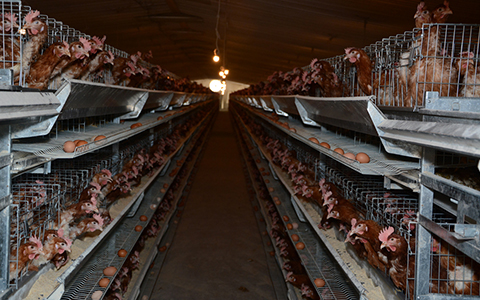
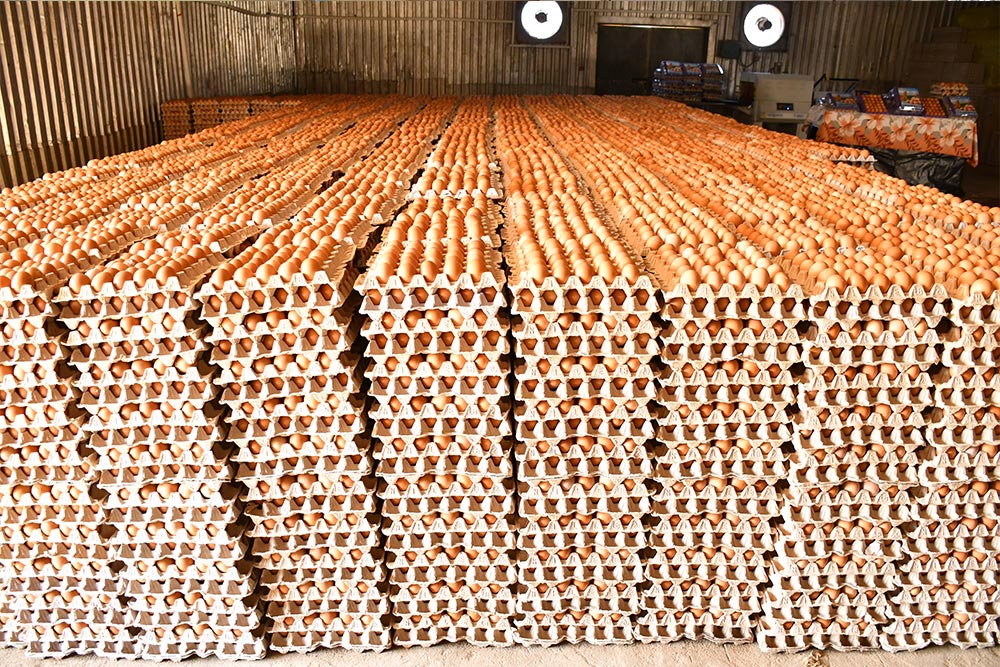
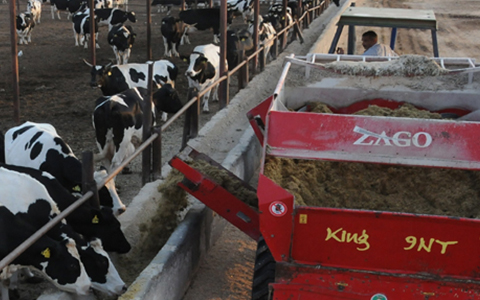
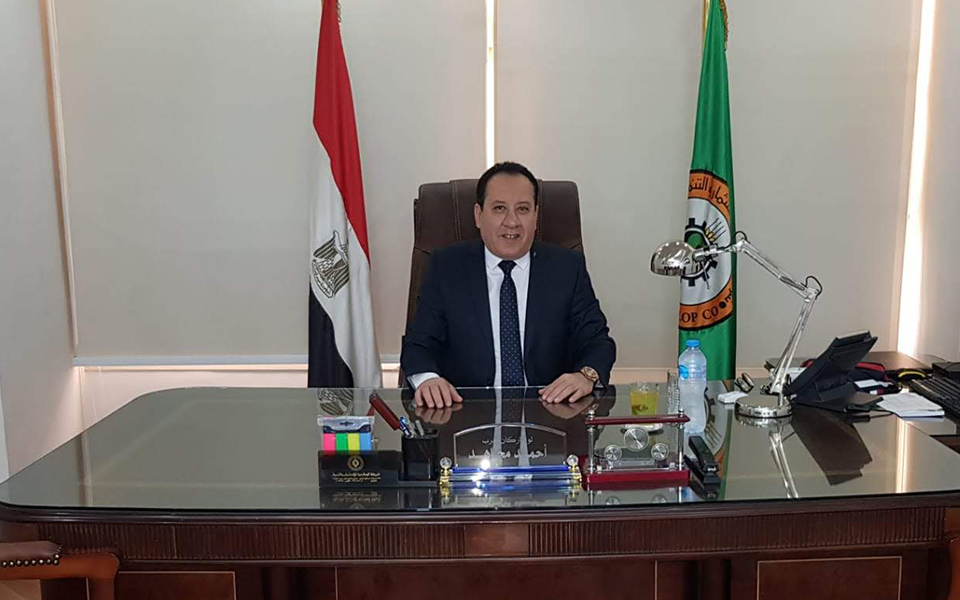
Word Of Mr. Major General Ahmad Mujahid,
It is one of the company’s most important activities. The total land allocated for agricultural exploitation is approximately 18 thousand acres.
Including 12 thousand acres with a center pivot irrigation system (96) Pivot devices.
And 6 thousand acres with a drip irrigation system. Center-pivot irrigation lands are cultivated with field crops in two cycles: –
Winter course (wheat / beets / potatoes / onions)
Summer course (corn/peanut/sunflower)
As for drip irrigation, all types of citrus fruits and vegetables are grown, including summer oranges, local oranges, navel oranges, local tangerines, Murquette tangerines, grapes, mangoes, pomegranates, pears, peaches, apricots, in addition to vegetables (peas, tomatoes, eggplant, peppers, cucumbers, Molokhiya, okra, cantaloupe)
A factory was also established to produce organic fertilizer (compost) with a capacity of 30 thousand tons annually.
There are also (2) nurseries, the first for producing fruit seedlings and the second for producing seedlings of ornamental and aromatic plants. New tree plantings have also been introduced, such as:
1. Mulberry trees to be used to feed silkworms to produce natural silk.
2. Prickly pear trees.
Apiary activity:
It consists of 400 hives that produce about (4) tons of pure honey, noting that apiary activity is considered a service activity that is used in the process of pollinating fruit trees.
It consists of (2) dairy production stations. Each station is equipped with (2) automated milking machines, with a milking capacity of 32 points and equipped with an electronic measuring system for the milk produced for each cow, in addition to a veterinary quarry for (4000) heads of livestock and equipped with units for crushing and manufacturing feed to ensure its quality. The number of the herd is (5000) heads, of which (3000) are dairy cows and the rest are subordinate to the herd. (20) thousand tons of milk are produced annually and these milks are contracted by the largest companies working in this field.
It consists of (5) stations
Among them are (2) breeding stations and (3) egg production stations
In addition to a feed manufacturing plant with a capacity of 10 tons/hour.
The quantity of eggs produced amounts to (115) million eggs annually. Egg production stations have been modernized to keep pace with the latest developments in the field of the egg industry in order to increase the quantity of eggs produced to
(150) million eggs annually
A cardboard factory was established to produce egg trays.
The company owns a large number of fixed outlets in the governorates of Cairo, Giza, Ismailia, and Sharqia.
There are also a number of mobile outlets in Cairo, Giza, and new cities.
The company also owns a center in Obour Market to sell its products with the aim of maximizing returns.
There is also a refrigerator to store agricultural crops with a capacity of 1,500 tons.
Finally, as one of those responsible for the project’s management and success, I am proud of the hard work, continuous cooperation and continuous effort provided by the people of this company to raise the status of Salhia Investment and Development Company locally and globally.
God grants success,,,,
Chairman of Board of Directors
And Managing Director
Major General A.H. (Ahmed Mujahid)




Salhiaco
Al-Salhia Investment and Development Company – an Egyptian joint stock company – was established in accordance with the decision of the Minister of Economy and Foreign Trade No. 388 dated 27 9 1993, subject to the provisions of the Investment Law No. 230 of 1989.
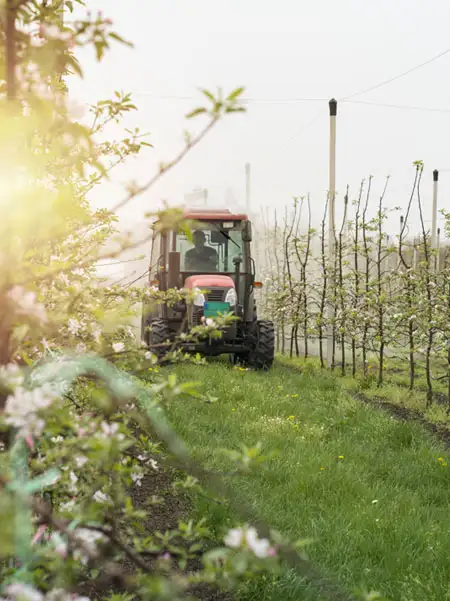
FINANCIAL STATEMENTS
A summary of the Company’s audited financial statements as at 30/6/2016 approved by the Ordinary General Assembly of the Company on 10/4/2017. The main indicators were as follows

FINANCIAL STATEMENTS
A summary of the Company’s audited financial statements as at 30/6/2016 approved by the Ordinary General Assembly of the Company on 10/4/2017. The main indicators were as follows
Project also has all components The success of the
Excellent location for this project For proximity to
Irrigation systems
It is divided into two irrigation systems
